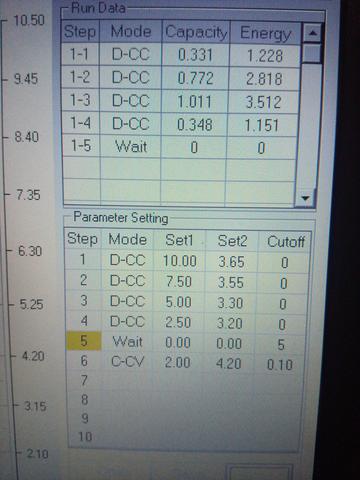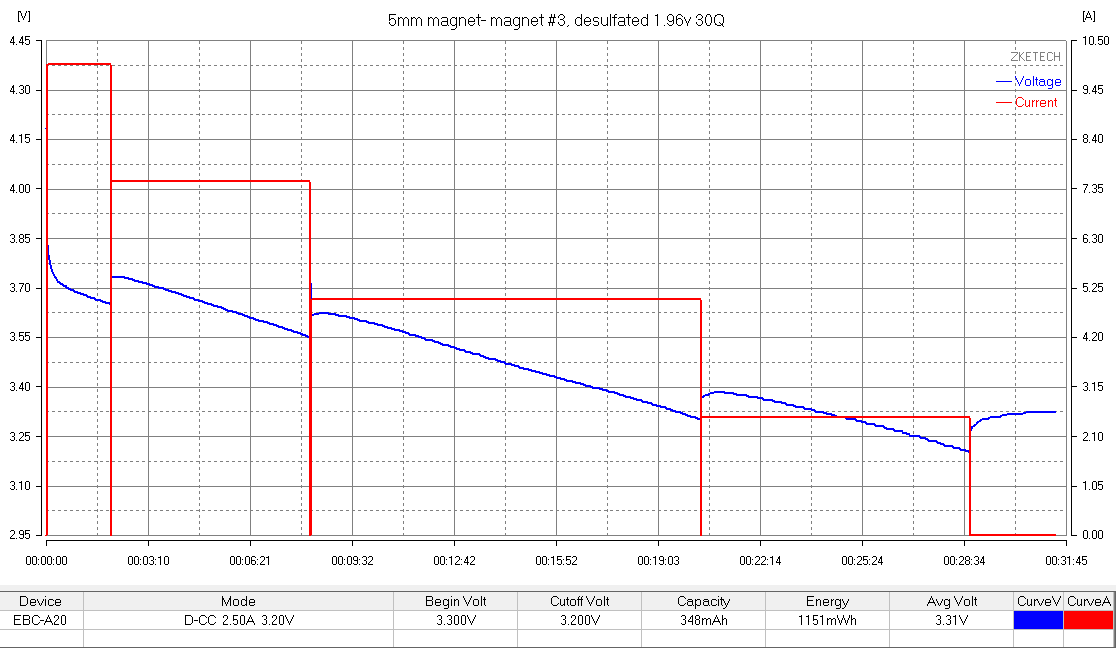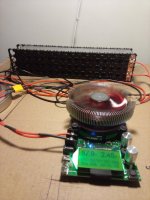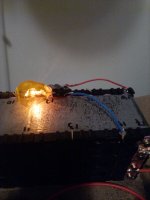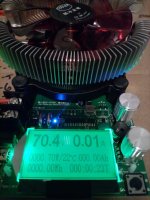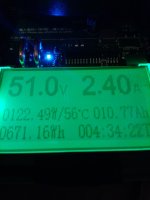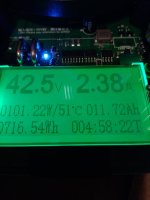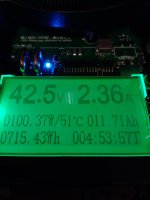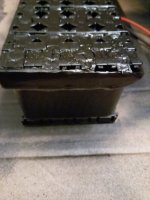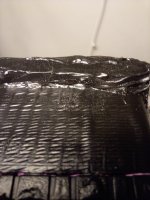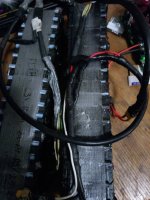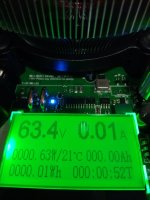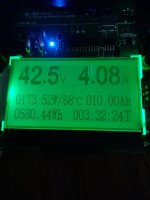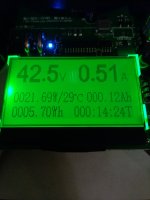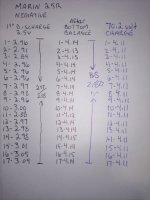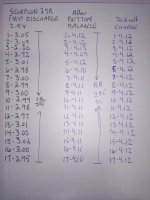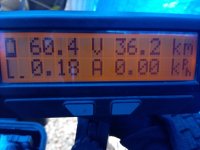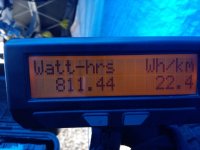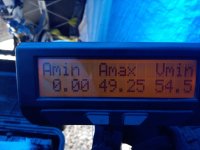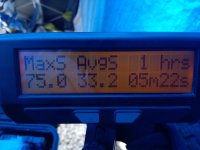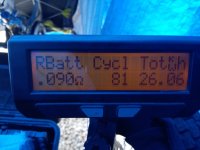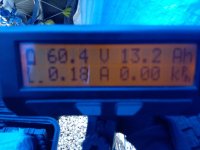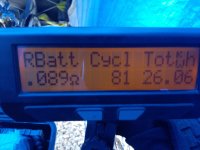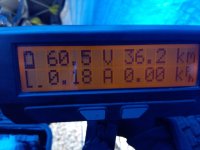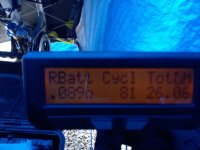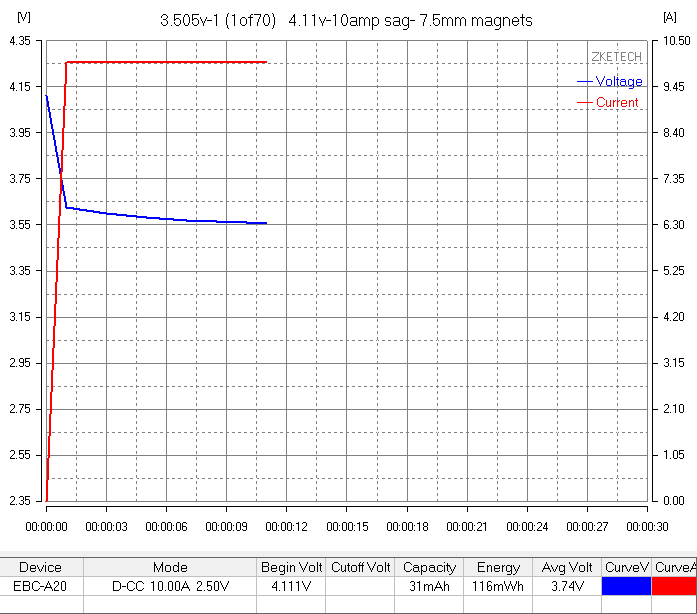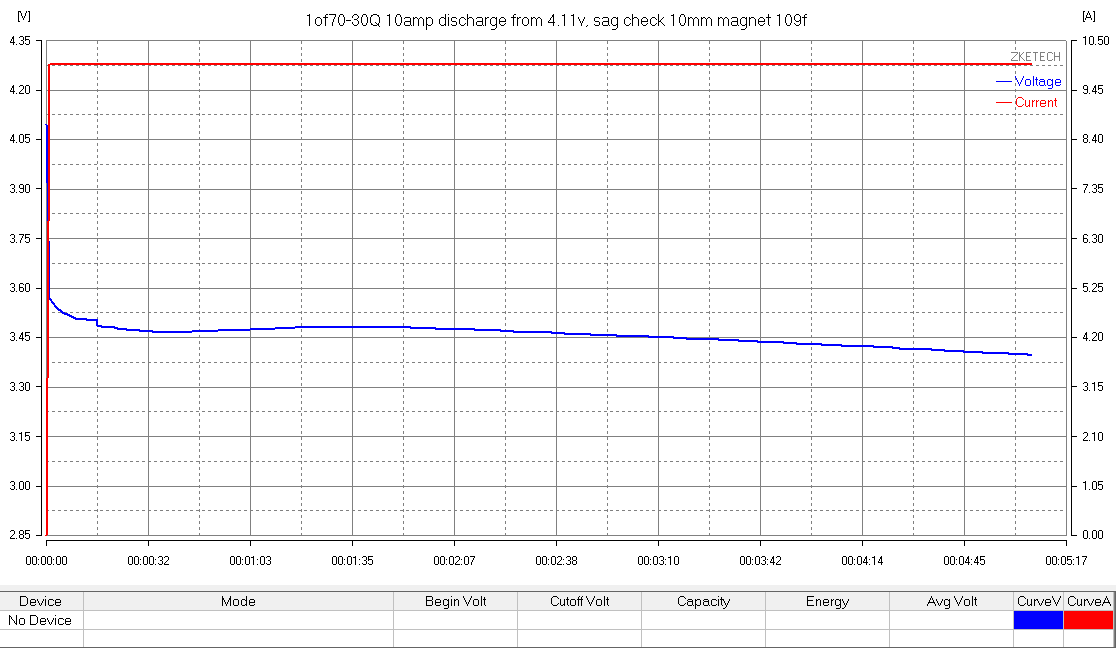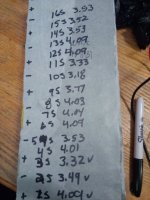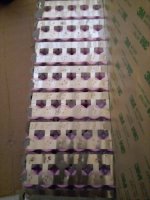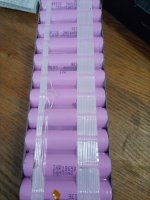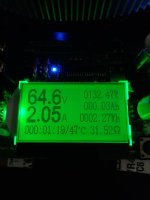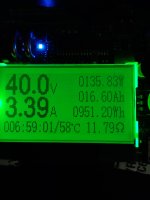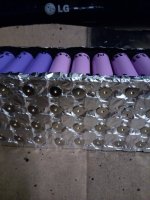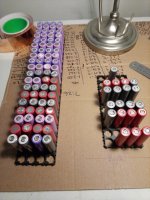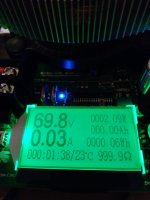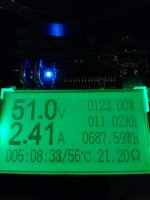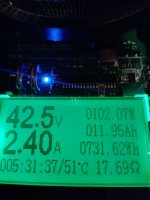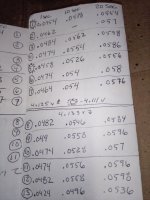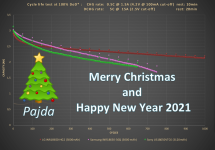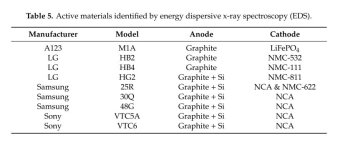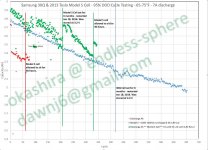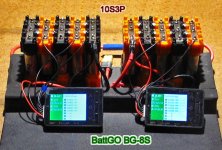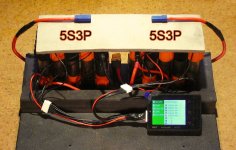goatman
10 MW
i hear exactly what youre saying
desulfating does something to the discharge curve and brings back capacity for about 50 cycles so when you had the self discharging cells it was the perfect opportunity to see what happens when you desulfate them
i dont know the history of the cells other than the packs were considered garbage, unfixable, group voltages all over the map
what im looking at with these cells is to see if desulfating them every 50 or 100 cycles as maintenance will refurbish them as usable
the last time i looked the recycle places actually dont recycle them they incinerate them, i think a company in Norway is trying to figure out how to recycle them, i could be wrong
this batch is different than the 70 cells
i dont know if they used Gorilla hot glue but you had to rip the wrapper off to get the cells out and the spot welds were good
i wound up placing the block of batteries in the oven at 110f for about 15 minutes to soften the glue before i could seperate them.
im looking for a battery that can continuously discharge/charge without suffering lifecycle loss and thats the 30Q
desulfating does something to the discharge curve and brings back capacity for about 50 cycles so when you had the self discharging cells it was the perfect opportunity to see what happens when you desulfate them
i dont know the history of the cells other than the packs were considered garbage, unfixable, group voltages all over the map
what im looking at with these cells is to see if desulfating them every 50 or 100 cycles as maintenance will refurbish them as usable
the last time i looked the recycle places actually dont recycle them they incinerate them, i think a company in Norway is trying to figure out how to recycle them, i could be wrong
this batch is different than the 70 cells
i dont know if they used Gorilla hot glue but you had to rip the wrapper off to get the cells out and the spot welds were good
i wound up placing the block of batteries in the oven at 110f for about 15 minutes to soften the glue before i could seperate them.
im looking for a battery that can continuously discharge/charge without suffering lifecycle loss and thats the 30Q


